When it comes to courtship displays in the animal kingdom, few are as visually striking as the development of specialized plumage in birds. Among these evolutionary marvels is a fascinating phenomenon that can be described as birds “growing beards” to attract potential mates. These ornamental features aren’t true beards in the human sense but specialized feathers that serve crucial roles in sexual selection and species survival. The elaborate display of these beard-like structures represents one of nature’s most remarkable examples of how physical traits evolve specifically for reproductive success.
The Science of Avian Sexual Selection
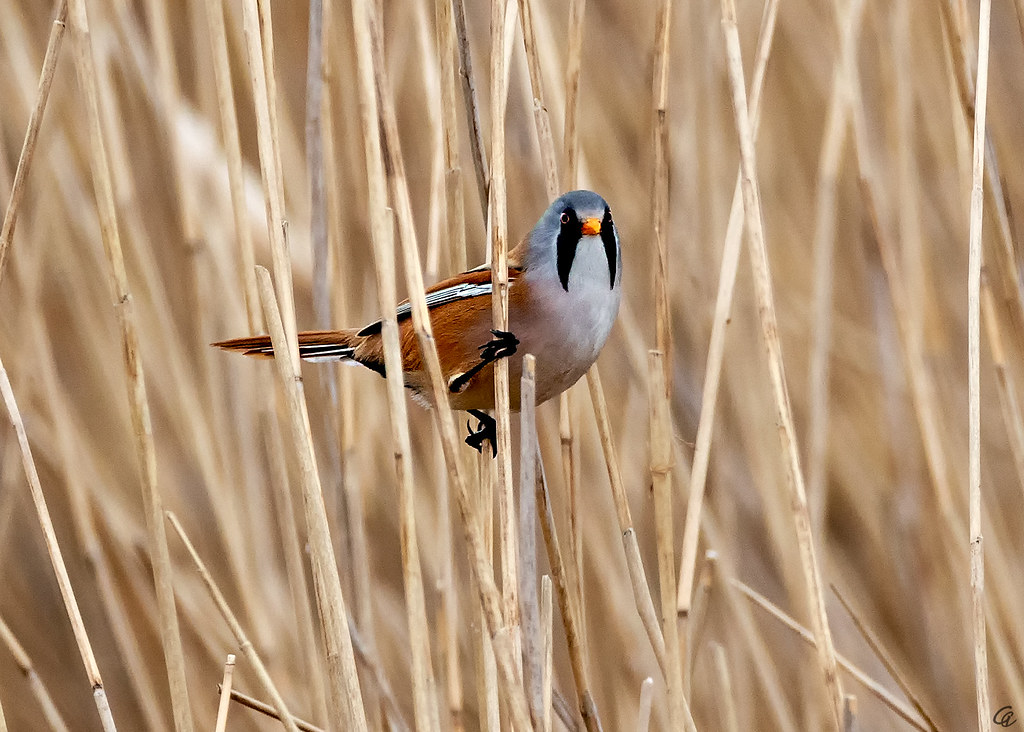
Sexual selection, a concept first proposed by Charles Darwin, explains how certain traits evolve not because they help with survival, but because they increase mating success. In many bird species, males develop elaborate ornaments, vibrant colors, or specialized feathers that females find attractive. These features serve as honest signals of genetic quality, indicating that a male is healthy enough to dedicate resources to growing and maintaining elaborate plumage. The development of beard-like structures in certain bird species represents a perfect example of this evolutionary principle in action. These ornaments can be energetically costly to produce and maintain, meaning only the healthiest individuals can sport the most impressive “beards.”
The Bearded Vulture: Nature’s Flame-Colored Facial Hair
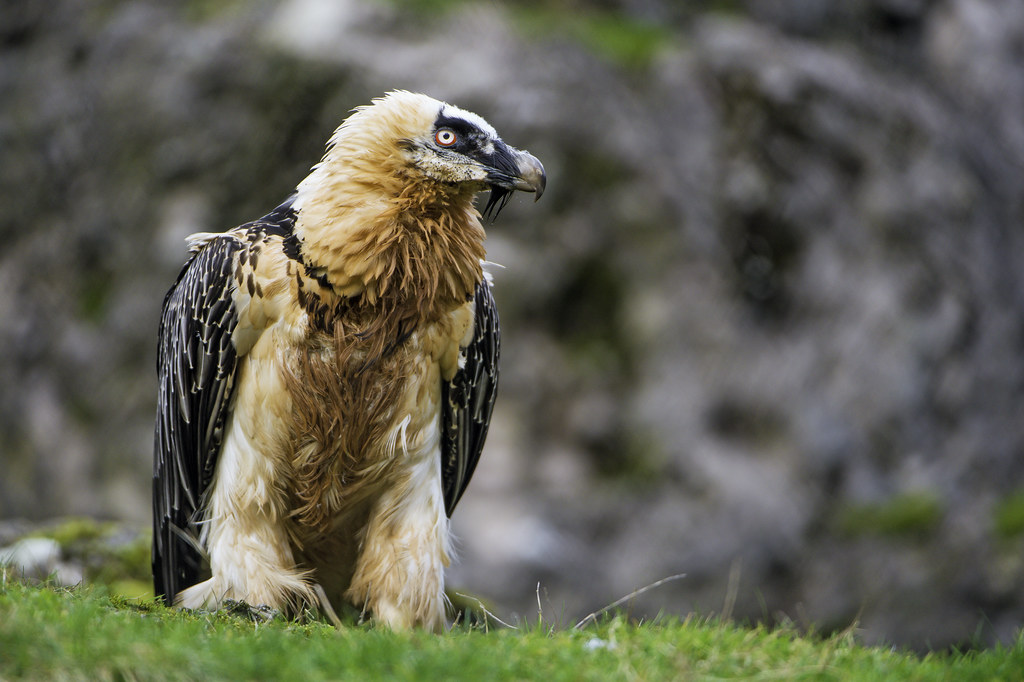
Perhaps the most literally “bearded” bird is the bearded vulture (Gypaetus barbatus), also known as the lammergeier. This magnificent bird of prey sports a distinctive tuft of black bristles beneath its beak, creating the appearance of a well-groomed goatee. Unlike most other vultures with bare heads, the bearded vulture’s facial adornment serves both practical and social purposes. These bristles help protect the bird’s face when feeding on carcasses and play a role in courtship displays. What makes this species even more remarkable is that adults intentionally stain their naturally white chest feathers and beard with iron-rich soils, creating a striking rust-red appearance that enhances their status during mating season.
The Wild Turkey’s Impressive Breast Beard
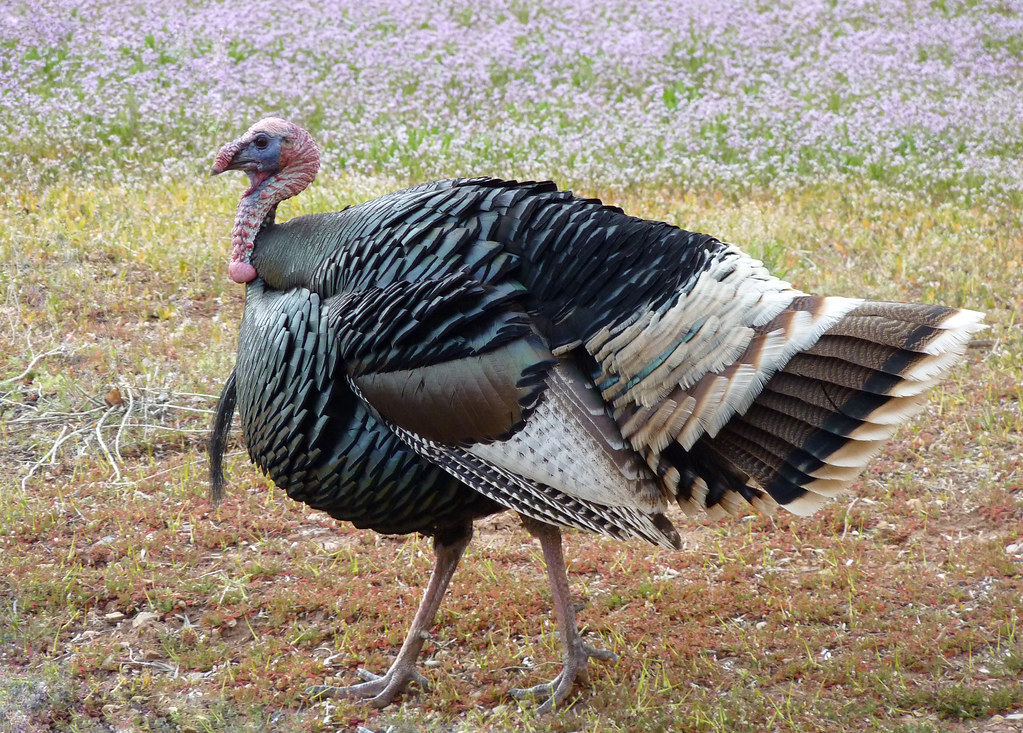
North America’s wild turkey (Meleagris gallopavo) provides one of the most recognized examples of an avian “beard.” Male turkeys, called toms, grow a distinctive tuft of modified feathers protruding from the center of their breast that can reach lengths of up to 12 inches in older birds. These modified feathers, technically called mesofiloplumes, are actually specialized bristles that resemble coarse hair rather than typical feathers. A turkey’s beard continues growing throughout its lifetime, with longer beards generally indicating older, more experienced males. Research has shown that hens preferentially mate with males sporting longer, thicker beards, as these features signal superior genetic quality and maturity—making the beard a crucial factor in reproductive success.
The Emperor Tamarin: A Bird-Inspired Name

While not a bird, the Emperor tamarin monkey (Saguinus imperator) deserves mention for its remarkable facial hair that prompted its name. This small primate sports an elaborate white mustache so reminiscent of bearded plumage that it was named after Emperor Wilhelm II of Germany, known for his impressively waxed facial hair. The parallel between this mammal and bearded birds highlights how similar evolutionary pressures can create comparable ornamental traits across different animal classes. In both birds and mammals, these facial adornments serve as visual signals in mate selection and social hierarchies, demonstrating the convergent evolution of “beard-like” structures.
The Bearded Reedling’s Delicate Display

The bearded reedling (Panurus biarmicus), also known as the bearded tit, showcases one of the more elegant “beards” in the avian world. Male bearded reedlings develop distinctive black facial markings that extend downward from the base of the bill, creating the appearance of a neat, triangular beard. This small wetland bird uses its facial ornament as a key visual signal during courtship displays, where males perform elaborate songs and movements to attract females. The stark contrast between the beard and the bird’s delicate blue-gray head makes the signal particularly effective, even in the dense reed beds where these birds make their home. Females select mates based partly on the quality and symmetry of these facial markings, making the “beard” directly linked to reproductive success.
The Bearded Bellbird’s Vocal Accessory

The bearded bellbird (Procnias averano) of South America takes facial ornamentation to extraordinary lengths with its dramatic wattles. Male bellbirds possess long, stringy wattles that hang from their throats, creating what appears to be a sparse, stringy beard that can reach several inches in length. These remarkable structures complement the bird’s other standout feature: its incredibly loud call, which ranks among the loudest sounds produced by any bird species, reaching up to 125 decibels. The wattles serve as visual amplifiers of the male’s vocal abilities, swinging dramatically when the bird calls and drawing attention to its performance. Female bellbirds evaluate potential mates based on both the quality of these wattles and the power of their calls, making this species a perfect example of how multiple ornamental traits can work together in sexual selection.
The Physical Development of Avian “Beards”
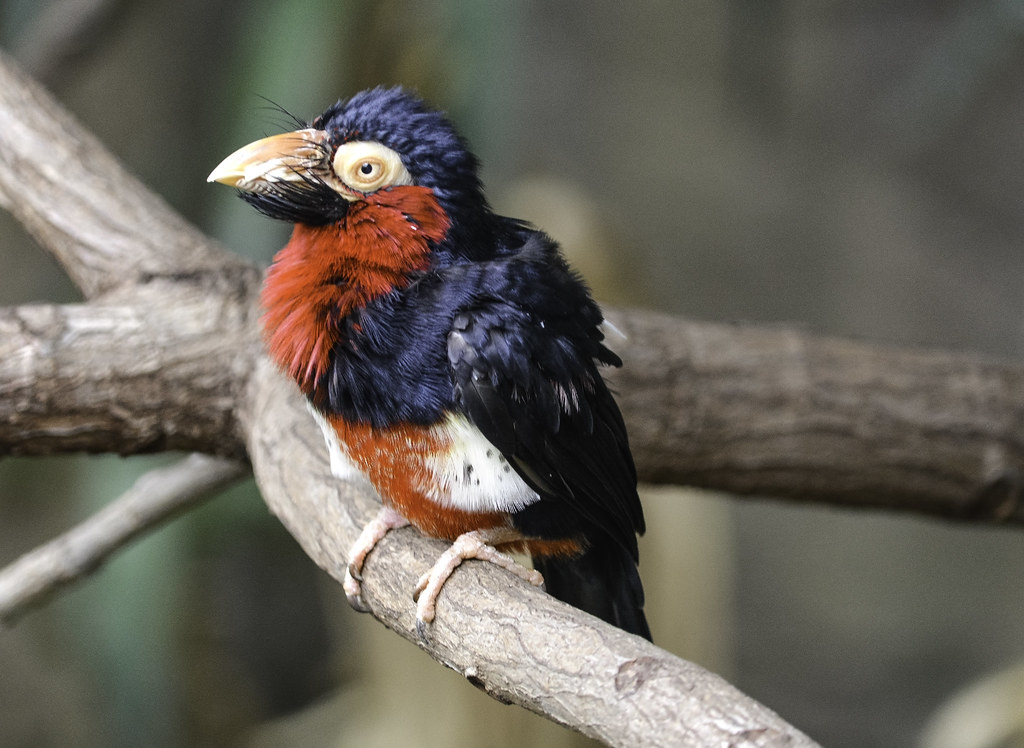
The development of beard-like structures in birds follows distinct patterns depending on the species. In wild turkeys, the breast beard begins growing when males reach about seven months of age and continues throughout life, with hormonal changes triggering its development. For bearded vultures, the facial bristles are present from adolescence but become more prominent as the birds mature. These specialized feathers often differ from typical contour feathers in their structure, lacking the traditional branching pattern and instead growing as modified, hair-like filaments. The development timing is no coincidence—these ornaments typically reach their full expression just as birds enter their reproductive prime, maximizing their impact on mate selection.
The Metabolic Cost of Ornamental Plumage
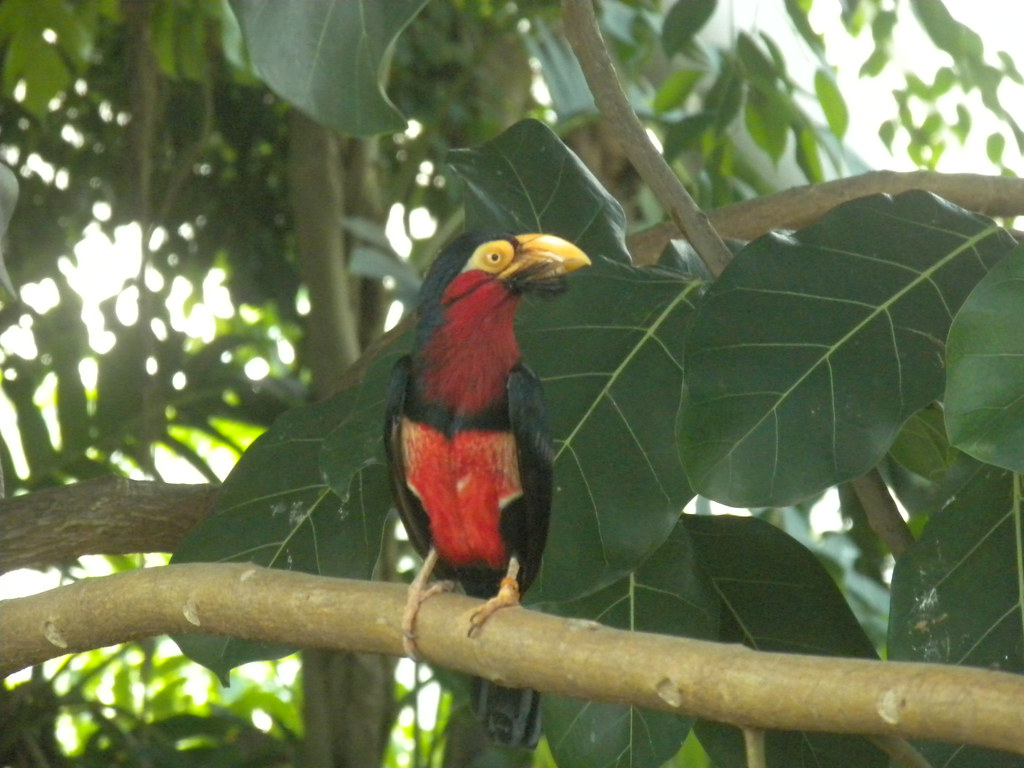
Growing and maintaining elaborate ornamental features like beards represents a significant metabolic investment for birds. These structures require proteins, pigments, and energy that could otherwise be directed toward other bodily functions like immune response or basic survival needs. Research has shown that birds with parasitic infections or nutritional deficiencies often develop less impressive ornamental features, including smaller or duller “beards.” This metabolic cost is precisely what makes these features reliable indicators of male quality—only the healthiest individuals can afford to invest heavily in elaborate displays. The relationship creates an evolutionary arms race where males develop increasingly elaborate ornaments while females become more discriminating in their assessment of these costly signals.
Beard Plumage and Breeding Success
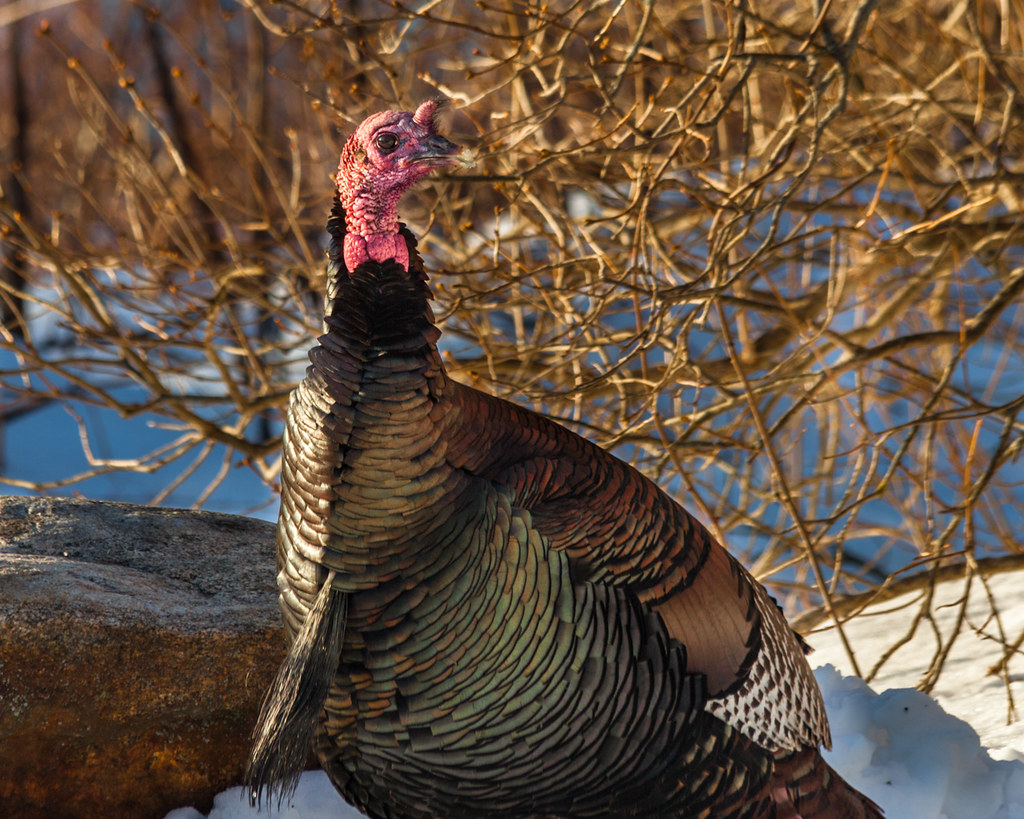
Scientific studies have consistently demonstrated the connection between beard-like plumage and breeding success across multiple bird species. In wild turkeys, researchers have observed that males with longer, thicker beards secure more mating opportunities and father more offspring than their less-ornamented counterparts. Similarly, bearded reedlings with more symmetrical and vibrant facial markings form pairs earlier in the breeding season, securing prime nesting territories. The correlation between ornament quality and reproductive success provides strong evidence for the role of sexual selection in the evolution of these traits. Through countless generations, female preference has shaped the development of increasingly elaborate facial and breast ornamentation, creating the spectacular displays we observe today.
Seasonal Changes in Beard Appearance
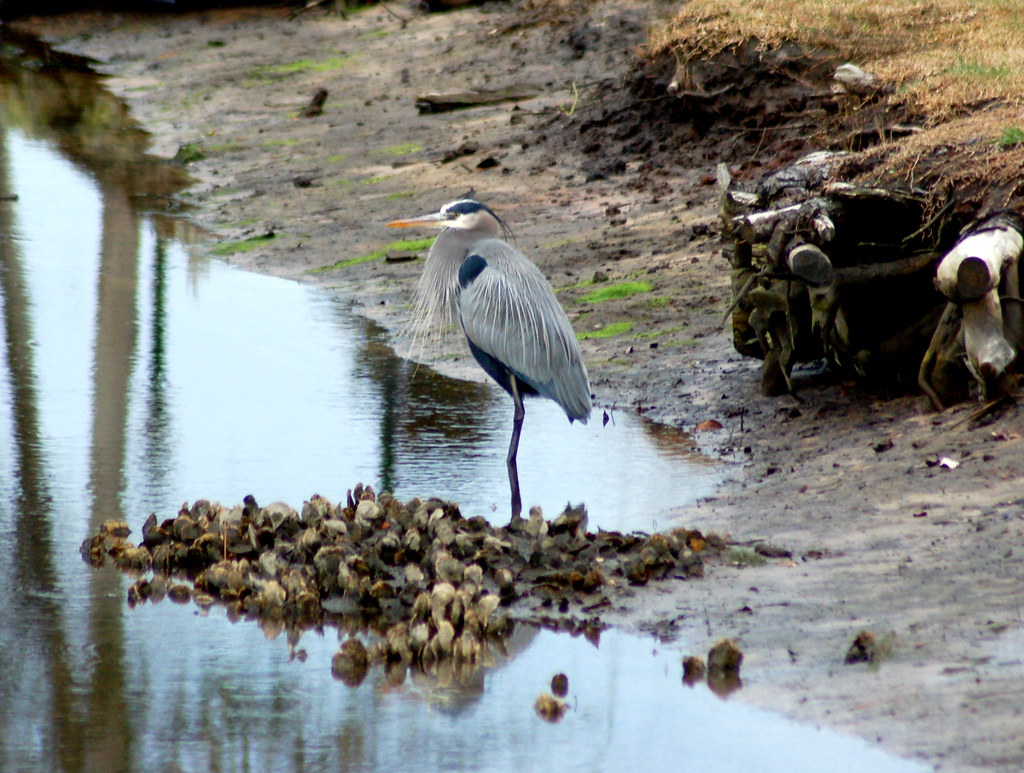
Many bearded bird species undergo seasonal changes in their ornamental plumage, with the most dramatic display coinciding with breeding season. Hormonal shifts, particularly increases in testosterone, often trigger enhanced coloration or growth of facial and breast feathers. The bearded vulture’s habit of staining its feathers intensifies during courtship, creating a more vibrant appearance specifically timed for mate attraction. Wild turkeys may display their beards more prominently during spring mating season by fluffing surrounding feathers and adopting postures that emphasize this feature. These seasonal enhancements underscore the primary purpose of these ornaments—to serve as sexual signals during the limited window when reproduction occurs.
Conservation Implications for Bearded Species
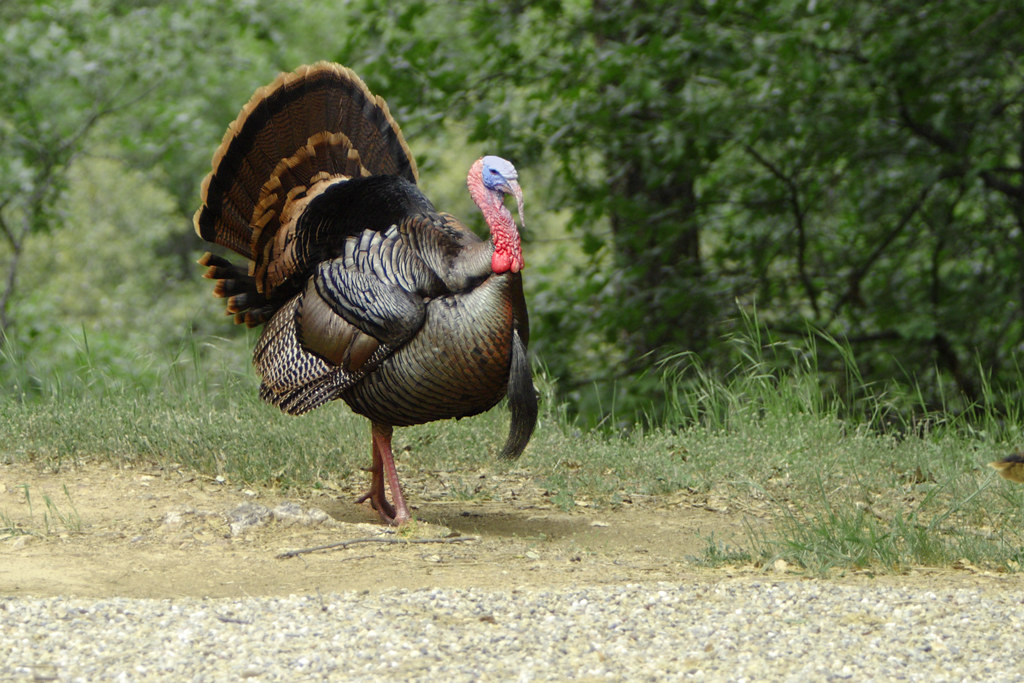
Several bird species with distinctive beard-like features face conservation challenges in the modern world. The bearded vulture has experienced significant population declines across parts of its range due to habitat loss, poisoning, and human persecution. Wild turkey populations, while currently stable in North America, faced near-extinction in the early 20th century before conservation efforts helped them recover. For species where ornamental features play crucial roles in reproduction, habitat degradation can have particularly devastating effects by reducing the resources needed to grow impressive ornaments. Conservation efforts must therefore consider not just basic survival needs but also the environmental conditions necessary for normal development of the ornamental traits that drive successful reproduction.
Cultural Significance of Bearded Birds
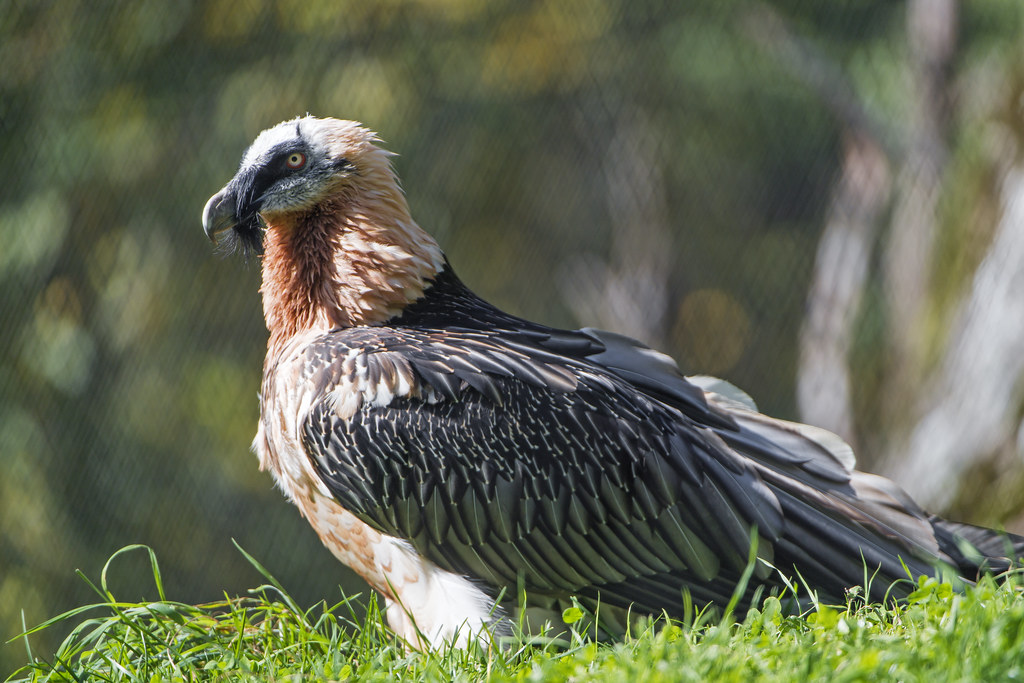
Birds with beard-like features have captured human imagination across cultures and throughout history. The bearded vulture features prominently in the folklore of regions where it occurs, often associated with mystical properties due to its unusual appearance and habit of staining its feathers. Wild turkey beards have long been collected by hunters as trophies, with longer beards signifying more impressive specimens. In scientific taxonomy, the descriptive term “barbatus” (meaning “bearded” in Latin) appears in the scientific names of multiple bird species, highlighting how noticeable these features are even to early naturalists. These cultural connections demonstrate how the same ornamental features that attract avian mates have also made these species particularly significant to human observers.
Evolution’s Creative Design: Why Beards?
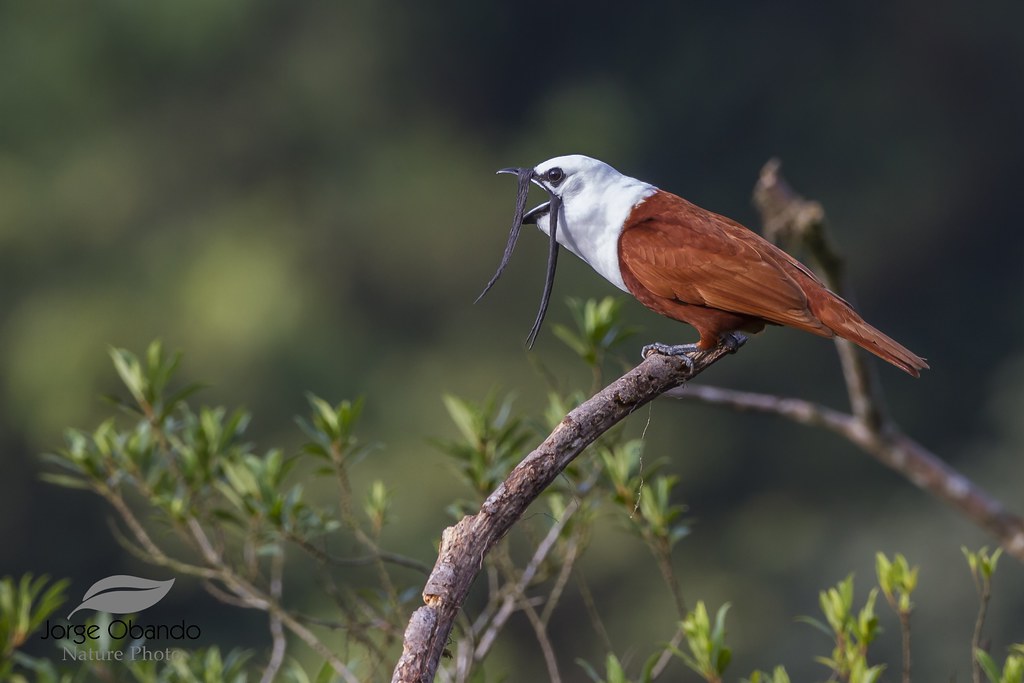
The convergent evolution of beard-like structures across different bird families raises fascinating questions about why this particular form of ornamentation has emerged repeatedly. One compelling explanation lies in the high visibility of facial features during bird interactions. When birds face each other during courtship displays, facial and throat ornaments are prominently displayed in the direct line of sight. Additionally, these structures can be emphasized through specific behaviors and postures, maximizing their visual impact during critical social interactions. The development of specialized feathers in these regions may also impose fewer aerodynamic costs compared to modifications of wing or tail feathers that could compromise flight performance. This balance of high visibility with relatively low functional cost may explain why evolution has repeatedly favored beard-like structures as solutions to the challenge of sexual display.
The remarkable diversity of beard-like plumage among bird species offers a window into the powerful forces of sexual selection. From the wild turkey’s bristly breast beard to the bearded vulture’s distinctive facial feathers, these specialized structures have evolved specifically to signal genetic quality and improve mating success. While not true beards in the mammalian sense, these ornamental features serve similar social and reproductive functions, demonstrating how parallel evolutionary pressures can create comparable traits across different animal groups. As we continue to study these fascinating adaptations, we gain deeper insights into the complex interplay between natural selection, sexual selection, and the endless creativity of evolutionary processes that shape the natural world around us.
